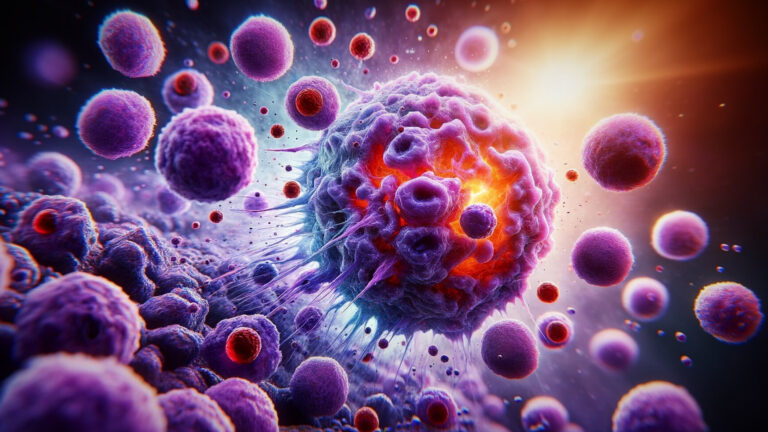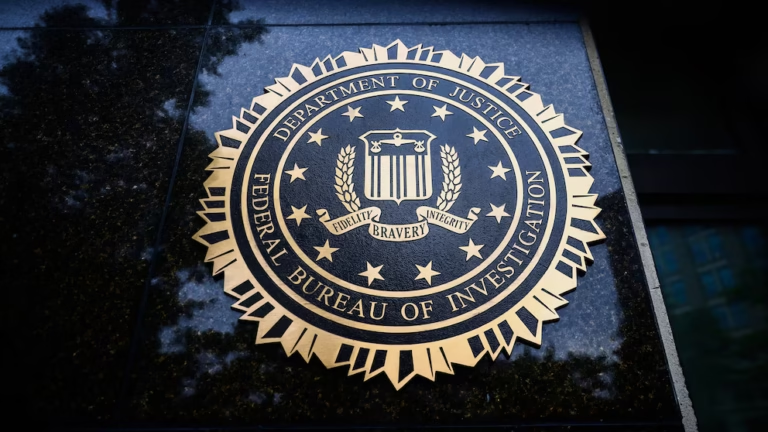The Unspoken Signals of Life’s Final Chapter: A Hospice Nurse Explains the “Smell of Death”

Introduction
Have you ever noticed a peculiar, unforgettable scent around someone nearing the end of their life? It’s a topic that often goes unspoken, but it’s a significant part of the natural dying process. While the idea might seem distressing, understanding this phenomenon can help us better navigate one of life’s most challenging and emotional moments.
Recently, a hospice nurse shed light on the science behind what many refer to as the “smell of death.” Her insights not only explain the biological changes but also provide comfort to those who are supporting a loved one through their final chapter.
In this article, we’ll dive into the biological reasons behind the “smell of death,” explore its connection to end-of-life care, and examine the emotional impact it has on families. By understanding these signs, you can prepare for the journey ahead with compassion and clarity.
What Is the “Smell of Death”?
The “smell of death” refers to a specific odor that emerges as the body nears the end of life. While most people associate this scent with decomposition after death, it can also appear before someone passes away, providing an early indicator of the body’s declining state.
According to Julie, an experienced hospice nurse and end-of-life care specialist, this smell is caused by two main gases: putrescine and cadaverine. These gases are byproducts of the bacterial breakdown of amino acids, specifically ornithine and lysine.
“Putrescine and cadaverine… are the gases that come off a body that make the smell of death,” Julie explained in one of her educational videos.

While these terms might sound scientific and distant, they’re part of the natural process that all living beings undergo. The smell can vary in intensity depending on the person’s health conditions and metabolic changes.
For some, the scent is described as pungent and entirely unique—something that sticks with you long after the experience. Understanding its origin and purpose can provide a sense of closure, helping families make peace with the process.
The Science Behind the Odor
The human body is a complex system, and as it approaches the end of life, numerous biological processes begin to change. One of the most noticeable shifts is in the metabolism, which slows down as the body’s organs prepare to shut down.
These metabolic changes lead to the release of various gases, including putrescine and cadaverine.
How These Gases Are Formed
- Putrescine: This gas is produced when bacteria break down ornithine, an amino acid found in cells.
- Cadaverine: This compound forms through the bacterial breakdown of lysine, another amino acid.
Both gases are responsible for the distinctive, pungent smell that many describe as the “smell of death.”
Interestingly, the intensity of the smell can vary depending on an individual’s medical condition. For example, Hospice UK notes that people dying from bowel or stomach cancer may emit a stronger, more chemical-like odor, often compared to nail polish remover. This variation is linked to the body’s unique metabolic changes during the dying process.
While these scientific details might seem unsettling, they’re a natural part of the body’s preparation for its final transition. By understanding these processes, caregivers and loved ones can approach the situation with empathy and knowledge.
What Social Media Is Saying About the “Smell of Death”
In today’s digital age, even the most sensitive topics find a platform for discussion on social media. The “smell of death” is no exception, with caregivers, hospice professionals, and families openly sharing their experiences and insights online.
1. TikTok: Educational and Personal Stories
Hospice nurse Julie has taken to TikTok to educate her followers about end-of-life care. Her candid videos provide practical advice and emotional support for families dealing with a loved one’s final moments. In one popular post, she explains how putrescine and cadaverine are responsible for the “smell of death” and why it’s an expected part of the process.
“This is a question I get all the time. People want to know why their loved one smells different. It’s not something to fear; it’s a natural part of life’s cycle.”
You can watch Julie’s videos and join the conversation on her TikTok page here.
2. Reddit: Real Stories from Caregivers
On Reddit, the caregiving community has become a hub for sharing real-life experiences and practical advice. In a heartfelt thread on r/caregiving, users discuss the moment they first noticed the “smell of death” and how they coped with it.
“At first, I thought something was wrong with the room, but later I learned it was part of the dying process. It helped me prepare for what was coming.”
These conversations provide support and validation for those feeling overwhelmed by the experience.
3. Instagram: Raising Awareness Through #EndOfLifeCare
The hashtag #EndOfLifeCare on Instagram showcases the global community of hospice workers and caregivers. Many use the platform to break the stigma around death and dying, sharing tips, stories, and resources.
One post under the hashtag reads:
“Smelling death is hard, but it’s also a reminder to treasure every moment. Let’s normalize these conversations so no one feels alone.”
Explore more posts and join the discussion here.
How Loved Ones Perceive It
For many families, the “smell of death” is more than just an odor—it’s a deeply emotional experience that symbolizes the reality of their loved one’s condition. This smell is often described as unique and unforgettable, making it a powerful reminder of life’s fragility.
Some caregivers even report detecting the scent before their loved one passes, which can be both unsettling and confusing. This phenomenon is tied to the gases released during the body’s natural preparation for death.
While the smell can be distressing, understanding its biological basis often brings a sense of calm. Recognizing it as part of the natural cycle of life allows families to focus on being present and supportive during these final moments.
Additionally, hospice workers emphasize the importance of communication. If you’re caring for a loved one and notice these changes, don’t hesitate to ask hospice staff for guidance. They can provide valuable insights and help you feel more prepared.
Other Signs That Indicate the End of Life
The “smell of death” is just one of many signs that indicate a person is nearing the end of their life. Understanding these signs can help families prepare emotionally and practically for what’s to come.
1. The Death Rattle
The “death rattle” is one of the most recognizable sounds associated with the dying process. This wet, crackling noise occurs when fluids like saliva build up in the throat, as the body loses its ability to swallow or clear them.
Though distressing to hear, the death rattle is a natural part of the process and typically indicates that death is imminent, often within 24 hours. Hospice staff are trained to help families manage this moment and provide comfort to both the patient and their loved ones.
2. Changes in Appearance and Smell
- Skin Changes: As circulation slows, a person’s skin may become pale, cool to the touch, or develop a mottled appearance.
- Smell Changes: In addition to the “smell of death,” some people may notice changes in their loved one’s breath, which can take on an acetone-like scent similar to nail polish remover.
3. Emotional and Cognitive Shifts
In their final days, individuals often experience emotional clarity or moments of reflection. They may share regrets, express gratitude, or reminisce about significant life events.
Breaking the Stigma Around End-of-Life Care
Discussing the “smell of death” and other aspects of the dying process can feel taboo, but these conversations are essential. They demystify a natural part of life and help families prepare for their loved ones’ final moments.
Social media platforms have also played a role in breaking the stigma. Hospice workers like Julie use platforms like TikTok and Instagram to educate millions on end-of-life care, making these topics more accessible and less intimidating.
For more insights, follow Julie’s journey and learn from her firsthand experiences on her TikTok page.
Featured Image Credit: Getty Stock Photo






